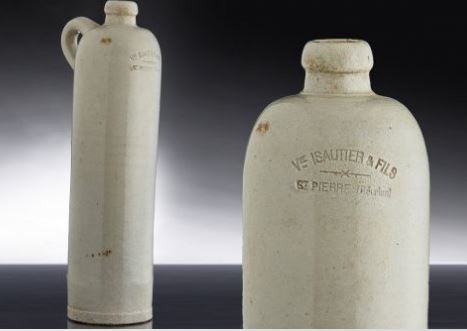In all the excitement about the latest releases from the Reunion distillery of Savanna, it’s always good to keep in mind that there are two other distilleries on the island making some pretty good rhum – Rivière-du-Mât and Isautier. I’d suggest that the former is probably the lesser known, but Isautier is gaining some traction of late, because there have been quite a few neat rhums emerging from the distillery in recent years that are making some waves and exciting serious attention.
So let’s forego any long introductory perambulations and get right down to the facts at hand. This is a cane juice origin rhum, made by the named distillery, on the Indian Ocean island of Reunion. It’s one a pair of rhums named after two sailing ships used by the Isautier brothers to transport their cargos to and from Reunion in the 19th and early 20th century, and this one is an agricole distilled off a column still (its twin, the L’Apollonie, is a traditionnel, made from molasses). The nice part is that it’s cognac-cask aged for the full 15 years (no short finishes or dual-ageing for these boys) and the results, bottled at 55.3%, is at pains show all the notes that were wrung out of the process.
Nose: “lightly rich” is the only term that comes to mind, and the aromas come in three distinct sets. First, it’s sweet strawberry bubble gum, bags of tart mangoes, gooseberries, dark grapes, and oranges and lemon peel. Second, florals – light and sweet, like hibiscus, lavender and maybe a dusty rose or two. And then, thirdly, the spices – cinnamon and cloves, rounded out and complemented by a touch of vanilla and coconut, and it gets more precise and distinct as the minutes click by. It’s the sort of nose that encourages one to keep it on hand for a second and third sniff, just to see if anything new popped up since the last time.
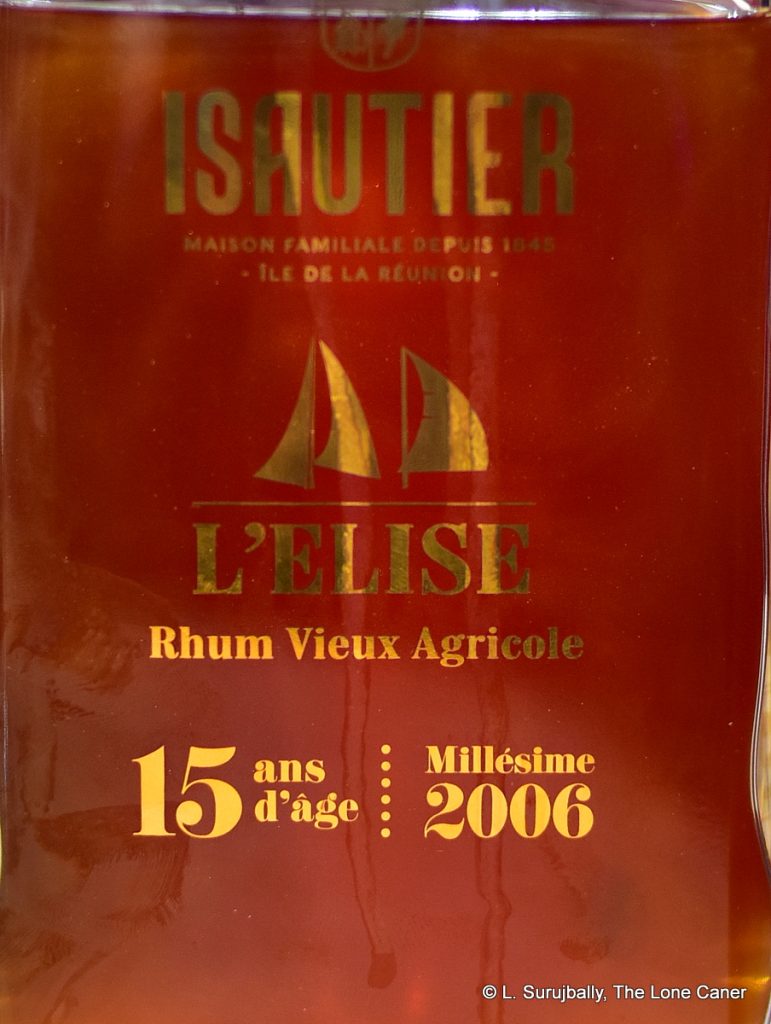 The palate has sparkly and light notes, exhibiting the sort of happy perkiness Mrs. Caner displays when she gets to buy a new Prada purse. It’s nicely, restrainedly sweet, with notes of cinnamon, cloves and herbs (like oregano, parsley and rosemary, how’s that for an odd combo?). The fresh green grassiness of an agricole is less evident – probably as the influence of the barrel took over Management – but in its place we get raisins, apples, prunes, then cereal and honey dripped over fresh toast. Though the finish was not spectacular – it more or less summed up the fruity freshness that had preceded it and added a touch of spices and lasted a decently long time,
The palate has sparkly and light notes, exhibiting the sort of happy perkiness Mrs. Caner displays when she gets to buy a new Prada purse. It’s nicely, restrainedly sweet, with notes of cinnamon, cloves and herbs (like oregano, parsley and rosemary, how’s that for an odd combo?). The fresh green grassiness of an agricole is less evident – probably as the influence of the barrel took over Management – but in its place we get raisins, apples, prunes, then cereal and honey dripped over fresh toast. Though the finish was not spectacular – it more or less summed up the fruity freshness that had preceded it and added a touch of spices and lasted a decently long time,
Overall, I’d have to sum up by noting that the L’Elise had a terrific nose followed by a rather less exalted – but still excellent, very solid – palate. Admittedly it doesn’t spark a riot on the tongue, however fascinating it smelled five seconds earlier, yet the quality can’t be gainsaid, and the denouement was a nice conclusion to a very pleasing drinking experience. If nothing else, it demonstrated that even if Savanna might have a lock on the high ester fruit bombs, the aged rhums made elsewhere on the islands are no slouches. By any standard, this is pretty fine stuff.
A rhum like this excites curiosity, invites idle wonderings. Like “Where’s Isautier?” “Who is Isautier?” “Is this an agricole rhum?” “What’s the L’Elise?” “Who is John Galt?” Stuff like that. Drax might do us all one better by asking, with perfect seriousness, “Why is Isautier?” And you know, maybe this rhum actually is an answer: Isautier’s L’Elise 15 year old rhum exists because they wanted it to, to reflect their heritage and show off their own rum-making street cred and just put something out there that’s really damned cool. The nice thing about the rum, then, is that when all is said and done, it answers all those questions solely with itself.
(#966)(85/100) ⭐⭐⭐½
Other notes
- The rum is part of LMDW’s “Antipodes” collection for 2022/2023. In geography, the antipode of any spot on Earth is the point on Earth’s surface diametrically opposite to it, and antipodal points are as far away from each other as possible. LMDW’s catalogue (p.2, and p.154) notes that the collection “pays tribute to contrasts and opposites through spirits sourced from across the globe….showcasing the duality found in styles and profiles.” Given the catalogue of antipodal spirits and drinks is pretty all-inclusive, it’s not really very meaningful beyond being their theme for 2023.
- For those who are interested in a deeper look at the background of Isautier, this little biography helps fill in some historical blanks.

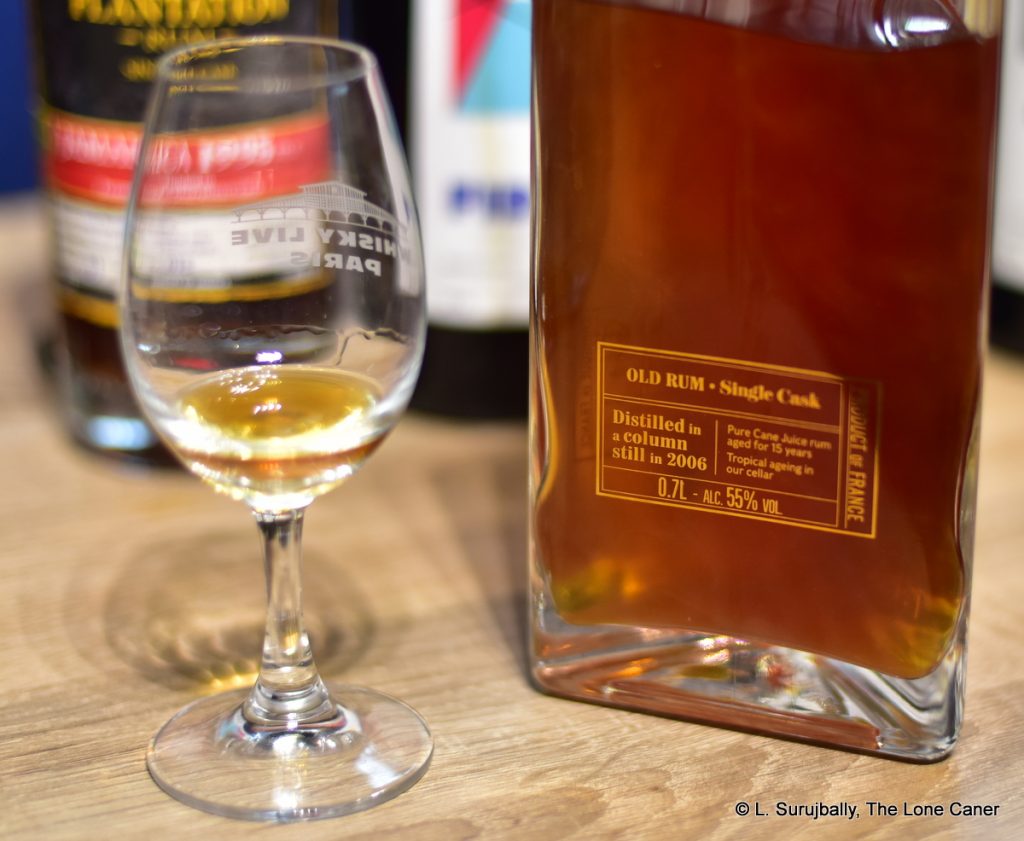
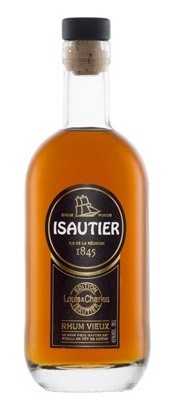 Whether or not you can place Reunion on a map, you’ve surely heard of at least one of its three distilleries:
Whether or not you can place Reunion on a map, you’ve surely heard of at least one of its three distilleries: 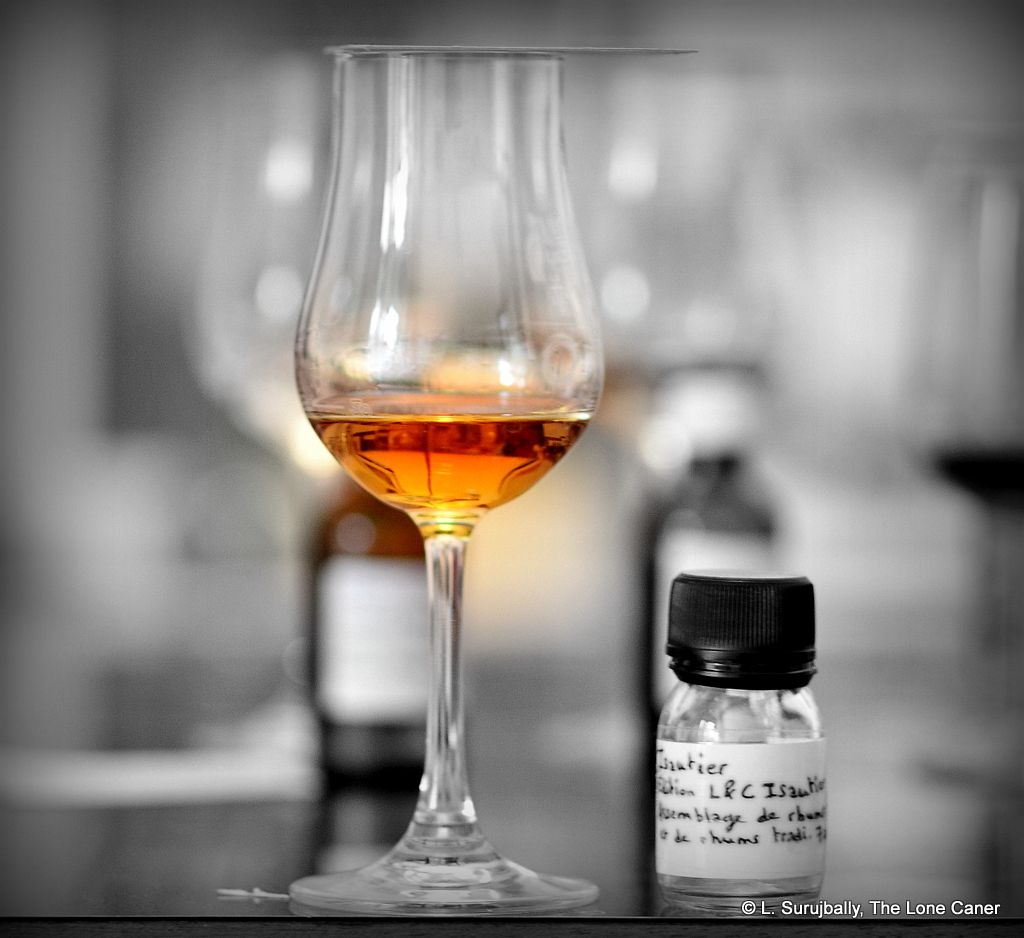
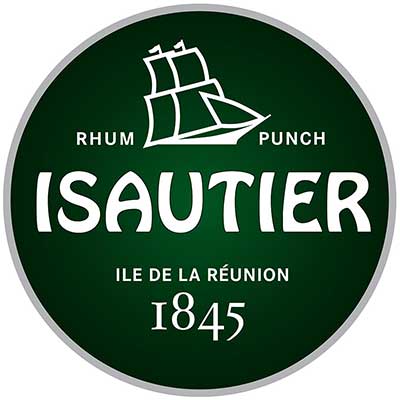
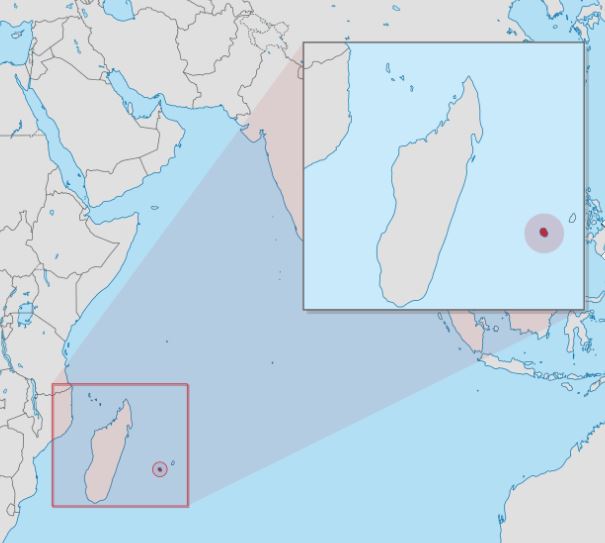 There are currently three distilleries of note on Réunion – Rivière du Mât,
There are currently three distilleries of note on Réunion – Rivière du Mât, 
